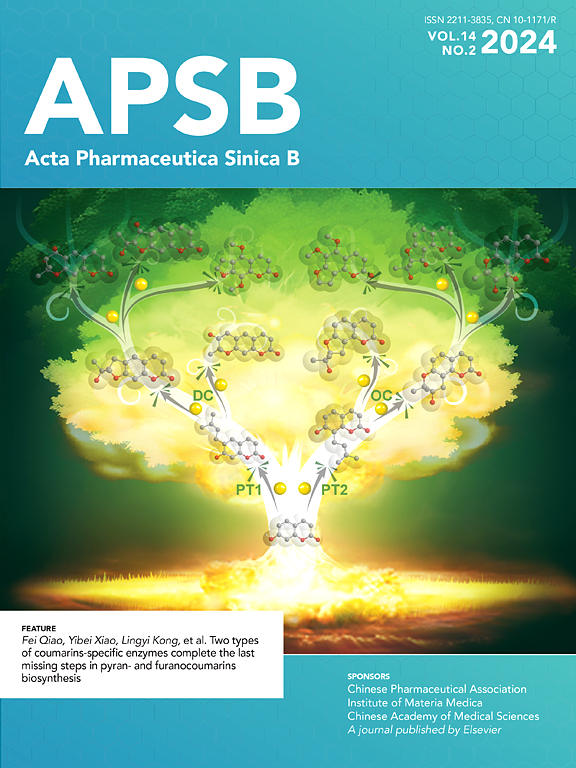Drug delivery systems based on mesoporous silica nanoparticles for the management of hepatic diseases
IF 14.7
1区 医学
Q1 PHARMACOLOGY & PHARMACY
引用次数: 0
Abstract
The liver performs multiple life-sustaining functions. Hepatic diseases, including hepatitis, cirrhosis, and hepatoma, pose significant health and economic burdens globally. Along with the advances in nanotechnology, mesoporous silica nanoparticles (MSNs) exhibiting diversiform size and shape, distinct morphological properties, and favorable physico-chemical features have become an ideal choice for drug delivery systems and inspire alternative thinking for the management of hepatic diseases. Initially, we introduce the physiological structure of the liver and highlight its intrinsic cell types and correlative functions. Next, we detail the synthesis methods and physicochemical properties of MSNs and their capacity for controlled drug loading and release. Particularly, we discuss the interactions between liver and MSNs with respect to the passive targeting mechanisms of MSNs within the liver by adjusting their particle size, pore diameter, surface charge, hydrophobicity/hydrophilicity, and surface functionalization. Subsequently, we emphasize the role of MSNs in regulating liver pathophysiology, exploring their value in addressing liver pathological states, such as tumors and inflammation, combined with multi-functional designs and intelligent modes to enhance drug targeting and minimize side effects. Lastly, we put forward the problems, challenges, opportunities, as well as clinical translational issues faced by MSNs in the management of liver diseases.

求助全文
约1分钟内获得全文
求助全文
来源期刊

Acta Pharmaceutica Sinica. B
Pharmacology, Toxicology and Pharmaceutics-General Pharmacology, Toxicology and Pharmaceutics
CiteScore
22.40
自引率
5.50%
发文量
1051
审稿时长
19 weeks
期刊介绍:
The Journal of the Institute of Materia Medica, Chinese Academy of Medical Sciences, and the Chinese Pharmaceutical Association oversees the peer review process for Acta Pharmaceutica Sinica. B (APSB).
Published monthly in English, APSB is dedicated to disseminating significant original research articles, rapid communications, and high-quality reviews that highlight recent advances across various pharmaceutical sciences domains. These encompass pharmacology, pharmaceutics, medicinal chemistry, natural products, pharmacognosy, pharmaceutical analysis, and pharmacokinetics.
A part of the Acta Pharmaceutica Sinica series, established in 1953 and indexed in prominent databases like Chemical Abstracts, Index Medicus, SciFinder Scholar, Biological Abstracts, International Pharmaceutical Abstracts, Cambridge Scientific Abstracts, and Current Bibliography on Science and Technology, APSB is sponsored by the Institute of Materia Medica, Chinese Academy of Medical Sciences, and the Chinese Pharmaceutical Association. Its production and hosting are facilitated by Elsevier B.V. This collaborative effort ensures APSB's commitment to delivering valuable contributions to the pharmaceutical sciences community.
 求助内容:
求助内容: 应助结果提醒方式:
应助结果提醒方式:


